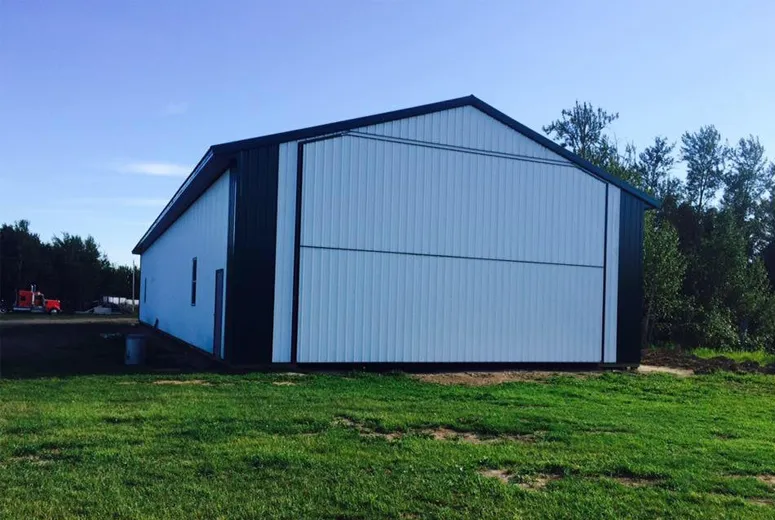- Afrikaans
- Albanian
- Amharic
- Arabic
- Armenian
- Azerbaijani
- Basque
- Belarusian
- Bengali
- Bosnian
- Bulgarian
- Catalan
- Cebuano
- Corsican
- Croatian
- Czech
- Danish
- Dutch
- English
- Esperanto
- Estonian
- Finnish
- French
- Frisian
- Galician
- Georgian
- German
- Greek
- Gujarati
- Haitian Creole
- hausa
- hawaiian
- Hebrew
- Hindi
- Miao
- Hungarian
- Icelandic
- igbo
- Indonesian
- irish
- Italian
- Japanese
- Javanese
- Kannada
- kazakh
- Khmer
- Rwandese
- Korean
- Kurdish
- Kyrgyz
- Lao
- Latin
- Latvian
- Lithuanian
- Luxembourgish
- Macedonian
- Malgashi
- Malay
- Malayalam
- Maltese
- Maori
- Marathi
- Mongolian
- Myanmar
- Nepali
- Norwegian
- Norwegian
- Occitan
- Pashto
- Persian
- Polish
- Portuguese
- Punjabi
- Romanian
- Russian
- Samoan
- Scottish Gaelic
- Serbian
- Sesotho
- Shona
- Sindhi
- Sinhala
- Slovak
- Slovenian
- Somali
- Spanish
- Sundanese
- Swahili
- Swedish
- Tagalog
- Tajik
- Tamil
- Tatar
- Telugu
- Thai
- Turkish
- Turkmen
- Ukrainian
- Urdu
- Uighur
- Uzbek
- Vietnamese
- Welsh
- Bantu
- Yiddish
- Yoruba
- Zulu
ธ.ค. . 26, 2024 06:17 Back to list
Foundation Design for Metal Buildings Key Considerations and Principles
The foundation serves as the critical base for any construction, and when it comes to metal buildings, the design and implementation of the foundation are particularly significant. Metal buildings are engineered for efficiency and strength, but their stability fundamentally depends on robust foundation design. In this article, we will explore the essential principles and considerations involved in designing foundations for metal buildings.
Understanding Metal Buildings
Metal buildings, often made from steel or aluminum, are increasingly popular due to their cost-effectiveness, durability, and versatility. They are typically prefabricated, meaning they arrive on-site pre-assembled or in components that require assembly. This type of construction is commonly utilized in warehouses, workshops, agricultural buildings, and even residential homes. However, the structural integrity of these buildings relies heavily on the foundation that supports them.
Types of Foundations for Metal Buildings
There are several types of foundations suitable for metal buildings, including
1. Concrete Slab Foundations This is the most common type, where a flat, solid layer of concrete is poured directly on the ground. It provides a stable base and is ideal for buildings with light to moderate loads.
2. Pier and Beam Foundations Often used for metal buildings located in areas with unstable soil or high water tables, this type involves concrete piers set deep into the ground, supporting beams that hold up the building.
3. Continuous Footing Foundations This method involves a continuous strip of concrete that supports walls and columns, providing a stable basis for heavier structures.
4. Post-Frame Foundations In this design, posts are driven deep into the ground, supporting the building directly. This is particularly useful in areas prone to frost heaves.
foundation design for metal buildings

Each foundation type has its advantages and is selected based on environmental factors, soil conditions, and the building's intended use.
Key Considerations in Foundation Design
1. Soil Analysis A thorough geotechnical investigation is crucial in understanding the soil's load-bearing capacity. Different soil types react differently under load, and understanding this helps in designing an appropriate foundation.
2. Load-Bearing Capacity The weight of the building, including its contents, must be considered to ensure the foundation can bear the load without settling or shifting. Structural engineers use specific calculations to determine the expected loads.
3. Environmental Factors Local climate and environmental conditions, such as frost depth, drainage patterns, and seismic activity, must be evaluated. Designs should account for these conditions to prevent future structural issues.
4. Drainage and Moisture Control Proper drainage around the foundation is vital to avoid water pooling, which can lead to erosion, excessive moisture, and potential structural damage. This may involve grading the site or installing drainage systems.
5. Building Codes and Regulations Adherence to local building codes and zoning regulations is non-negotiable. These regulations often provide guidelines on foundation design, materials, and construction practices, ensuring safety and community standards.
Conclusion
In summary, foundation design for metal buildings is a multi-faceted process that requires careful planning and expert knowledge. The foundation must provide the necessary support while accounting for environmental and regulatory considerations. By understanding the different types of foundations available, the importance of soil analysis, and the specific structural needs of metal buildings, stakeholders can ensure the safety and durability of their construction projects.
As the demand for metal buildings continues to grow, so does the importance of precise and well-planned foundation design. In a world increasingly reliant on efficient and cost-effective construction solutions, taking the time to properly address foundation considerations will help ensure the long-term success of metal buildings. Ensuring their structural integrity can lead to lower maintenance costs, enhanced safety, and ultimately, greater satisfaction for owners and users alike.
-
Cold Formed Steel Residential Framing
NewsMay.21,2025
-
Innovative Steel Structure Building Solutions
NewsMay.19,2025
-
Innovative Prefab Metal Shed Solutions
NewsMay.19,2025
-
Durable Steel Horse Shelter Solutions
NewsMay.19,2025
-
Durable Metal Shed Solutions
NewsMay.19,2025
-
Durable Big Metal Shed Solutions
NewsMay.19,2025
Products categories
Our Latest News
We have a professional design team and an excellent production and construction team.












